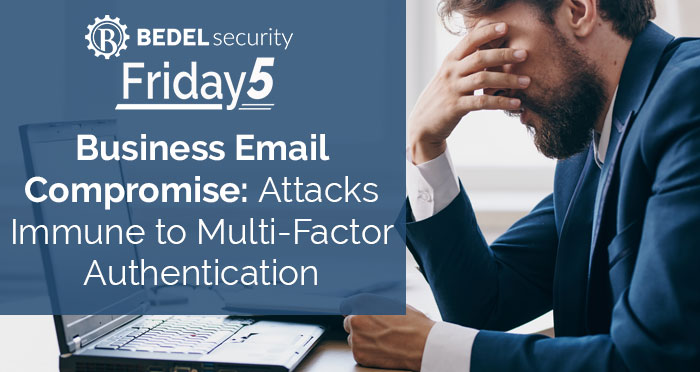Is Your Risk Assessment Authentication & Access Ready?
In August, the FFIEC released new guidance titled “Authentication and Access to Financial Institution Services and Systems”. Because the guidance...


Recently we’ve received a number of requests for “Key Controls” from auditors or examiners for the financial institutions we work with. Fortunately, for those that have our Risk Management module, our CySPOT™ platform makes this as simple as running a report.
But for those that don’t have that service, there can be some confusion on what a Key Control is and what should be reported to fulfill this request. This blog post is meant to provide some clarity on the subject and provide 5 steps that you can take to maintain your own list of key controls.
ISACA defines a control as, “any device, system, procedure, or process that regulates some operational activity.” In the information security industry, we toss the term around daily.
From that definition, we can describe a Key Control as any device, system, procedure, or process that regulates some operational activity that must function properly for risk to be reduced to an acceptable level.
Simply put, Key Controls are the controls for a given system that are the most important to keep that information asset safe. Keep in mind, Key Controls are not necessarily universal or enterprise-wide. A Key Control for one asset may not be a Key Control for another. But that’s where the risk assessment comes into play – more on that later.
Some examples of Key Controls (certainly not exhaustive):
There are several reasons for this, the first being that it’s a great way to get a better idea of the risk profile of an organization. An experienced auditor/examiner can at-a-glance look for Key Controls on certain assets and, if some are missing, begin to ask more probing questions about the specific risk in that area (i.e. if half the items from the list above don’t show up on your Key Controls Report, it may raise a concern.)
The second reason, and the more important of the 2 is that Key Controls should be tested as part of a solid audit program and examiners may choose to randomly test some as well.
I hope you found this post helpful. If you have any questions on Key Controls or performing an asset-based risk assessment let us know at support@bedelsecurity.com.

In August, the FFIEC released new guidance titled “Authentication and Access to Financial Institution Services and Systems”. Because the guidance...

They’ve come back around…those business email compromises, which were all too common in the late 2010s.

When we first start working with new institutions, it is not unusual for us to see them struggling because they have focused their efforts on...